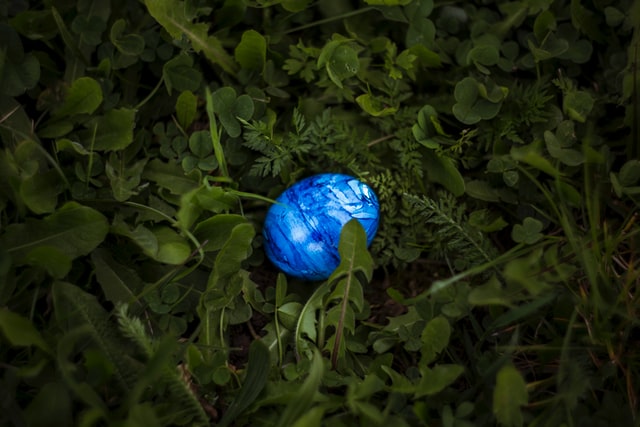
The mysterious bird is one creature filled with mystery and amazement. They have an uncanny ability to fly, many can also sleep with one eye open and only half of their brains sleeping. We learned that sleeping with an eye open is done when the bird feels it is at risk of some form of danger.
Table of Contents
While it is also slightly resting, it is not the deep sleep that all creatures need to feel refreshed enough to face another day.
So there is another odd fact, maybe you would call it strange, there are multiple birds that lay blue eggs. They are more of a greenish-blue colour, but still, why is this? Does the colour of the eggshell make it a better bird? Does the colour make it a more protective shell, maybe?
One part of the mystery may be solved. Researchers believe that the blue or blue-green colour protects the embryo from harmful UV rays. Some of these Scientists are also trying to determine if the blue-green eggshell also helps prevent the egg from heating up. Based on the research, it has been determined that darker eggs are in nests that do not have direct sunlight, therefore it is only a moderate amount of light that comes through.
In the nests that are more out in the open, with very little cover, the eggs remain white or light-coloured so as not to heat the egg up on the inside. Similar to human logic and hot temperatures; if the sun is shining and I wear a black shirt outdoors I will likely absorb the heat quickly. Whereas, if I put on a white-coloured shirt and return back outdoors, it is more likely that I will be able to deflect some of the heat.
Does that make sense when it comes to eggshell colours? I believe it does. So now the next question is, how many birds, types of birds or bird species lay these blue-coloured eggs? Besides the fact that humans are accustomed to white eggs, for the most part, it does still send a shockwave of surprise through us when we come across a nest with blue eggs in it.
Honestly, I am just learning that there are more than just Robin’s that can lay the blue-hued eggs. Yep, I said it, more than just one type that can lay blue-coloured, or bluish-green eggs. Since egg shells are made up of calcium carbonate, the default colour of eggs is white. However, even white can be in different shades and tones.
When it comes to bird eggs and shells, there are two basic pigments and those are reddish-brown and the other is green. The secret is beneath the pigment in the calcium carbonate. The amount of calcium carbonate in the egg shell is what determines the colours, which can be very wide in colour variance.
The colours of the egg shell are actually on purpose. Some shades and colours are done by nature for camouflage. Eggs can be a nutritious meal for many animals. They will not hesitate to grab one or two and run off to enjoy their food. The camouflage colour makes it more difficult for predators to see from a distance. This ultimately protects that embryo inside the shell.
These neutral and camouflage colours are meant to blend in with materials that the bird will use to build the nest, in which to lay the eggs. As we already stated, some colours are also for protecting the embryo from the heat of the sun and the UV rays. The darker neutral colours will be in a nest that is further hidden by branches and hopefully no direct sunlight.
If you stop to consider this, the heat and radiation can also impact the gestational time of the egg. Otherwise known as the incubation period. These higher or speedier hatching times can lead to mutations or defects in the birds, possibly death. The heat from the sun will affect the darker colours, while the lighter will be more affected by the UV rays than the darker colours are.
What Determines Color?
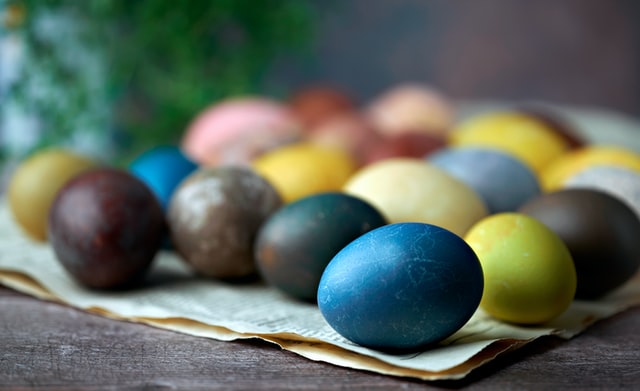
The geographic range will play the largest role in determining the colour of shells. Those birds which are more out in the open, with a greater amount of sunlight and UV rays will have lighter-coloured egg shells.
Those that are further in the tree, with more coverage, and little to no sunlight or UV rays will be darker coloured.
As times move on, so does Nature, and it can be a struggle to determine which colour is the best for which bird species. Even bird life is not completely simple, things change which causes other changes in their being.
Blue Layers
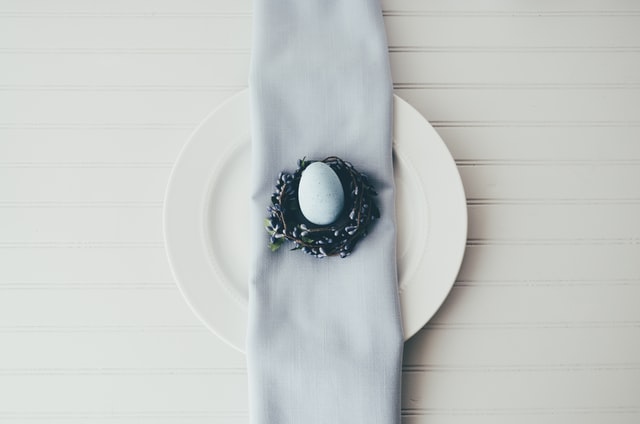
The most common species that people have heard of include the Robin. There are others that can fit into the common category of birds who lay blue eggs.
These will include:
Robins are likely the most common bird found in North America. They have brownish-coloured wings and back and gorgeous red breasts. Blue Jays are highly adaptable birds. They are extremely intelligent and have become natural forest dwellers. A fun fact about the Blue Jay is that it is very capable of imitating and mimicking the calls from several types of Hawks.
Eastern Bluebirds are quite common and most often found in the countryside. Seen most often during the summer months, the male birds have slightly darker colouring than the females. House Finches are noticeable by the square-shaped tail and the tail is quite long. These birds are a dull brown colour with grey feathers.
Red-winged blackbirds are one of the most common bird species in North America. The males are darker and have a red patch with yellow on the shoulder. The female Red-winged blackbird is more of a brown colour, is slightly paler in the breast and has a white eyebrow.
The Less Common Birds
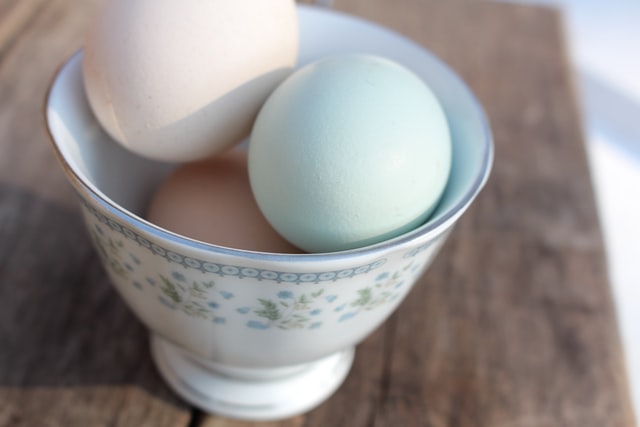
Black Tinamous are found along the Eastern edge of the Andes. These birds are large and extremely rare.
Common Mynas are members of the Starling family. They are brown, with a yellow bill and yellow legs, and the head is black. Dunnock’s pair for life, although the female will mate with other males. They are most often found in gardens and parks, also on the edges of the woodlands. This species can lay up to five eggs at a time.
Gray Catbirds appear to be completely grey, however, when you look closely, (using binoculars) you will notice that they have a black cap on the head and the end of the tail is black.
Linnets are members of the Finch family. This species loves hemp and flaxseed. Snowy Egrets are actually white herons with a black bill. They are medium size and the males will have black legs with yellow feet. In comparison to other egrets, the Snowy egret will be found foraging for its food along the wetlands.
Song Thrushes are common breeds from the Palearctic. They have a ‘song’ that is made constantly that is a repetitive musical phrase. Bird watchers call this repetitive music poetry when they are able to hear it.
The hue of the blue is said to be dependent on the health of the female. As she lays the eggs, she will also deposit pigment. The brighter the colour shows the healthier the mother bird.
Conclusion
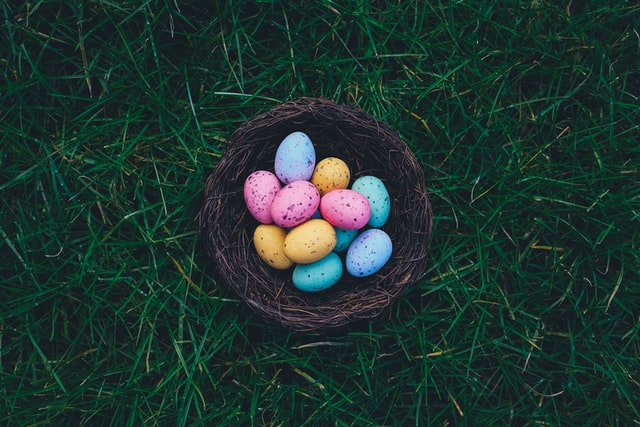
While the eggs are left in the nest as the parent forages for food, many of these birds use camouflage to hide the eggs somewhat. Much of the twigs, grasses, feathers and sometimes even paper are used in an attempt to hide the eggs from predators.
Sometimes there are multicoloured eggs in the same nest. This may be indicative of a brood parasite. This means that there are some birds that will purposely lay their eggs in the nest of another bird. A couple of examples of birds that do this include the cuckoos and the brown-headed cowbirds.
It has not been determined why these birds do this, however. It is believed to be to allow another to raise its child. These would be what are commonly called Foster Birds. So, although a parasite generally means a nasty bug or infection, this case means it is a bird that temporarily took over a nest to lay an egg. This happens to cause a bit of confusion for the actual bird that belongs to the nest, however, they seem to take it in stride and are there to help keep the eggs all safe until they hatch.
For bird watchers out searching the nests, do not be surprised when you see more blue eggs in nests than you likely expected to see. This is not a bird species thing, it is done by nature to help protect the embryos inside those tiny eggs.
The bluish hue is quite common apparently in many bird eggs, the hue will depend on the pigment and the health of the mother bird. Nature helps the birds who are there to help the eggs. Take note of when and where you see the blue-coloured eggs and sit back and watch from a distance. You will then be able to tell which bird is the parent of the blue eggs, or green eggs.
